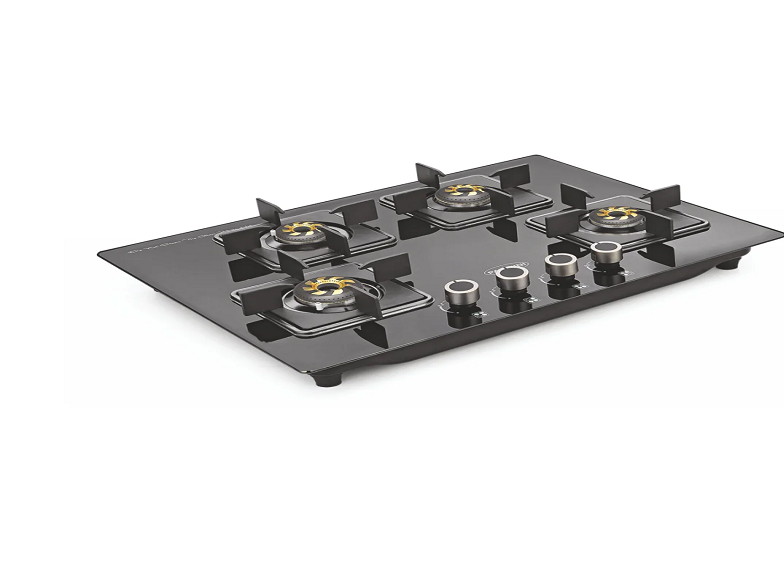What Are Wet & Dry Kitchens?
Kitchens are the most important rooms in all kinds of houses, and as a result, kitchen design is constantly evolving with newer designs and trends. Unlike in older times, kitchen design has an important role in the interior design of houses. People today are paying more attention to the kitchen and making sure it is designed with a lot of thought.
Traditional kitchens were not separated into wet and dry kitchens. This means that all the activities such as cooking, washing, and storage were done in a single room. However, that is not the case nowadays.
Modern kitchen designs are the epitome of convenience and have become more functional as the needs and preferences of people have changed dramatically. When talking about modern kitchens, one must first understand what wet and dry kitchens are.
What is a Wet Kitchen?
Wet kitchens are meant for heavy-duty activities, such as cooking, washing, and cleaning. They are designed to make these activities easy and efficient. These kitchens usually are big to comprise almost all kinds of kitchen activities, from cutting vegetables to cooking and washing utensils.
In addition, wet kitchens also feature large storage spaces for storing food, ingredients, utensils, dishes, etc. Most of the cooking and preparation work occurs in wet kitchens. So, these kitchens are incorporated with a kitchen chimney and exhaust fan to eliminate the smell and smoke.
Wet kitchens are usually placed in a confined space that is not easily visible as they mostly appear messy due to heavy-duty activities.
Pros of Wet Kitchen
Ø Wet kitchens are not easily visible as they are placed in a confined space.
Ø Wet kitchens provide ample storage with cabinets and shelves for storing food, ingredients, utensils, dishes, etc.
Ø Wet kitchens help eliminate foul odors from the kitchen through exhaust fans and kitchen chimneys. One of the important elements of wet kitchens is the presence of a kitchen chimney, as it helps remove odors and smoke from the kitchen.
Cons of Wet Kitchen
Ø Wet kitchens require more space as they are meant for heavy-duty work.
Ø They can be difficult to clean and maintain due to the accumulation of dust, dirt, and grease around the kitchen chimney and cabinets.
Ø Wet kitchens are moisture-laden areas, which can lead to the growth of mold and mildew.
Ø They mostly are messy due to frequent and heavy-duty cooking activities.
What is a Dry Kitchen?
Dry kitchens are meant for light-duty activities, such as light cooking and snack preparation. These kitchens are usually smaller than wet kitchens, and they are often designed as an extended part of the dining room. So, the interior of the dry kitchen should match that of the dining area.
Dry kitchens are usually visible from the main living area and often have a more stylish design than wet kitchens. These kitchens are more like interactive food corners, and they are equipped with kitchen appliances such as toasters. Dry kitchens are importantly smoke-free kitchens and therefore lack kitchen chimney design. However, a small yet stylish sink is incorporated for basic kitchen washing.In the realm of interior design, dry kitchens have emerged as a captivating trend, seamlessly combining functionality and elegance.
Pros of Dry Kitchen
Ø Dry kitchens are small and require less space as compared to wet kitchens.
Ø They have a stylish design that easily matches the interior of the house.
Ø Dry kitchens are smoke-free, and they are mostly air-conditioned.
Ø They don’t need regular or heavy-duty cleaning.
Ø You can turn a dry kitchen into breakfast counters or bar counters.
Cons of Dry Kitchen
Ø Dry kitchens lack storage space for storing food, ingredients, utensils, dishes, etc.
Ø They should always be kept neat and tidy as they are visible from the main living area.
Conclusion
Wet and dry kitchens are two different types of kitchens that serve different purposes. While wet kitchens are meant for heavy-duty activities such as cooking, washing, and cleaning, dry kitchens are best suited for light-duty activities such as light cooking and snack preparation.
The interior of a wet kitchen should include a kitchen chimney design to help eliminate bad odors and smoke while the interior of a dry kitchen should match with that of the rest of the living space. Both types of kitchens have their pros and cons, but having both is a luxury that can make your cooking experience enjoyable and efficient!
Are you planning to convert your traditional kitchen into a modern one with separate dry and wet spaces? Hire professional interior designers to make the most out of your space and budget.


